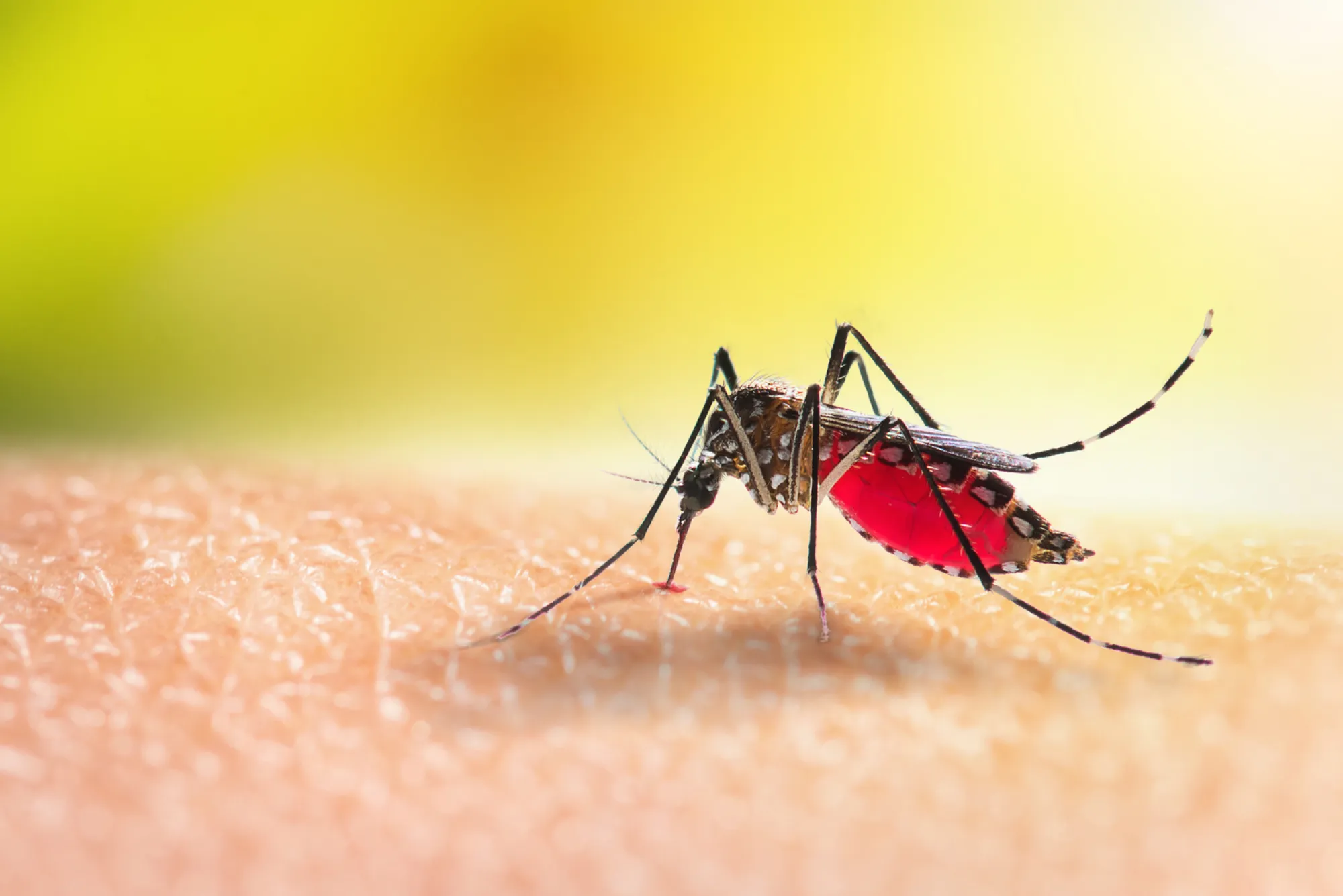Mosquito-borne diseases continue to pose significant health risks around the world, with millions of people affected by diseases such as malaria, dengue fever, Zika virus, and chikungunya. These illnesses are spread by mosquitoes, making the control of mosquito populations crucial to reducing the transmission of these diseases. As efforts to combat these diseases become more pressing, one of the most commonly sought solutions is the use of mosquito killers. In this article, we will explore whether mosquito killers can help in reducing the spread of mosquito-borne diseases, examine their effectiveness, and understand how they fit into broader mosquito control strategies.
The Growing Threat of Mosquito-Borne Diseases
Mosquito-borne diseases are transmitted by infected mosquitoes when they bite humans. Among the deadliest are malaria, which is primarily spread by the Anopheles mosquito, and dengue, Zika, and chikungunya, which are carried by the Aedes mosquito. According to the World Health Organization (WHO), malaria alone leads to over 200 million infections annually and is responsible for hundreds of thousands of deaths worldwide. With mosquitoes being widespread across tropical and subtropical regions, these diseases have become a constant threat to global health.
In addition to the health risks, the economic burden of these diseases is substantial, with millions of people missing work or school, along with high healthcare costs. With the rapid urbanization and changes in climate conditions, the number of areas vulnerable to mosquito-borne diseases is expanding, making the challenge of controlling mosquito populations even greater.
Understanding How Mosquito Killers Function

Mosquito killers are devices designed to reduce mosquito populations by attracting, trapping, or killing mosquitoes. These devices operate using different mechanisms, including ultraviolet (UV) light, carbon dioxide, and heat, to attract mosquitoes to the trap where they are either captured or killed. Common types of mosquito killer include electric zappers, mosquito traps, and ultrasonic repellents.
Electric mosquito zappers attract mosquitoes using UV light, and when the mosquito comes close, it is electrocuted by a high-voltage grid. Mosquito traps often use carbon dioxide or heat to mimic the body heat and breath of humans, luring mosquitoes into the trap. Ultrasonic repellents emit high-frequency sound waves, which are believed to irritate or confuse mosquitoes, preventing them from landing or biting.
While these devices can be effective at killing mosquitoes in specific areas, their success depends on several factors, including the type of device, the mosquito species being targeted, and the environment in which the device is used. Mosquito killers generally have limited reach, and their effectiveness is most prominent in localized settings such as homes, yards, or indoor spaces.
The Effectiveness of Mosquito Killers in Disease Control
Although mosquito killers can reduce mosquito populations in specific areas, they are not a comprehensive solution to the broader problem of mosquito-borne diseases. One of the main benefits of mosquito killers is their ability to reduce the number of mosquitoes in a given area, thereby decreasing the chances of a person being bitten by an infected mosquito. This can lower the risk of contracting diseases like dengue, malaria, or Zika virus.
However, mosquito killers are not a one-size-fits-all solution. Their effectiveness is limited to the immediate vicinity where they are used, and they cannot address the larger problem of mosquito breeding sites, which are typically found in stagnant water pools. Even if the adult mosquitoes are killed, new mosquitoes can hatch from eggs laid in nearby water sources, continuing the cycle of disease transmission.
Furthermore, the impact of mosquito killers on overall disease transmission is limited because these devices do not target the larvae or eggs of mosquitoes. To truly reduce the spread of mosquito-borne diseases, control measures must address both the adult mosquito population and the conditions that allow mosquitoes to breed and thrive.
Integrating Mosquito Killers with Broader Control Measures
For mosquito killers to be an effective part of a larger mosquito control strategy, they must be used in combination with other measures. The reduction of mosquito populations should be part of a broader, integrated approach that includes environmental changes, public health efforts, and personal protection.
One of the most important steps in reducing the spread of mosquito-borne diseases is to eliminate mosquito breeding sites. Mosquitoes lay their eggs in standing water, so removing sources of stagnant water around the home can help limit breeding opportunities. This includes emptying containers like flower pots, old tires, and birdbaths, and ensuring that gutters are clear of debris. Additionally, treating standing water with larvicides can prevent mosquito larvae from developing into adults.
The use of mosquito nets, especially in areas with high disease transmission, is another key preventive measure. Nets treated with insecticides can provide effective protection against mosquito bites while sleeping, significantly reducing the risk of diseases like malaria. The use of insect repellents containing active ingredients such as DEET or picaridin can also offer additional protection when venturing outdoors in mosquito-prone areas.
Another critical aspect of integrated mosquito control is community engagement. Efforts to reduce mosquito populations and prevent the spread of diseases require a collective approach. Government initiatives to eliminate breeding sites and promote the use of mosquito killers and repellents can have a significant impact on reducing the incidence of diseases. Local communities must work together to ensure that these measures are implemented effectively, whether through public health campaigns, clean-up efforts, or local mosquito control programs.
The Role of Al Shabah in Mosquito Control
Companies like Al Shabah offer innovative solutions for mosquito control, including advanced mosquito traps, insecticides, and larvicides. Al Shabah products are designed to target mosquitoes at various stages of their life cycle, from larvae to adult mosquitoes. These products are often eco-friendly and provide a safer alternative to traditional chemical pesticides, which can harm the environment and non-target species.
By incorporating products from reputable companies like Al Shabah, individuals can enhance their mosquito control efforts. These products can complement the use of mosquito killers and other prevention measures, creating a more comprehensive strategy to reduce mosquito populations and the risk of mosquito-borne diseases.
Limitations and Risks of Mosquito Killers
While mosquito killers can be an important part of mosquito control, they are not without limitations. Some devices, particularly electric zappers, do not discriminate between mosquitoes and other insects, such as bees and butterflies, which play a crucial role in pollination. This can result in the unintended killing of beneficial insects, disrupting local ecosystems.
In addition, chemical mosquito killers and insecticides can pose risks to humans, pets, and wildlife if not used properly. Overuse of chemicals may also lead to the development of resistance in mosquito populations, reducing the effectiveness of these control methods over time. It is important to use mosquito control products responsibly and follow safety instructions to minimize health risks.
While mosquito killers can play an important role in reducing mosquito populations in specific areas, they are not a complete solution to the problem of mosquito-borne diseases. A comprehensive approach that includes eliminating breeding sites, using repellents, and supporting community-wide mosquito control efforts is essential for effectively reducing the risk of disease transmission.
The combination of mosquito killers with other preventive measures such as environmental management, the use of mosquito nets, and community engagement can significantly reduce the spread of diseases like malaria, dengue, and Zika virus. By adopting a multifaceted strategy, we can work towards minimizing the impact of mosquito-borne diseases and improving global public health.




